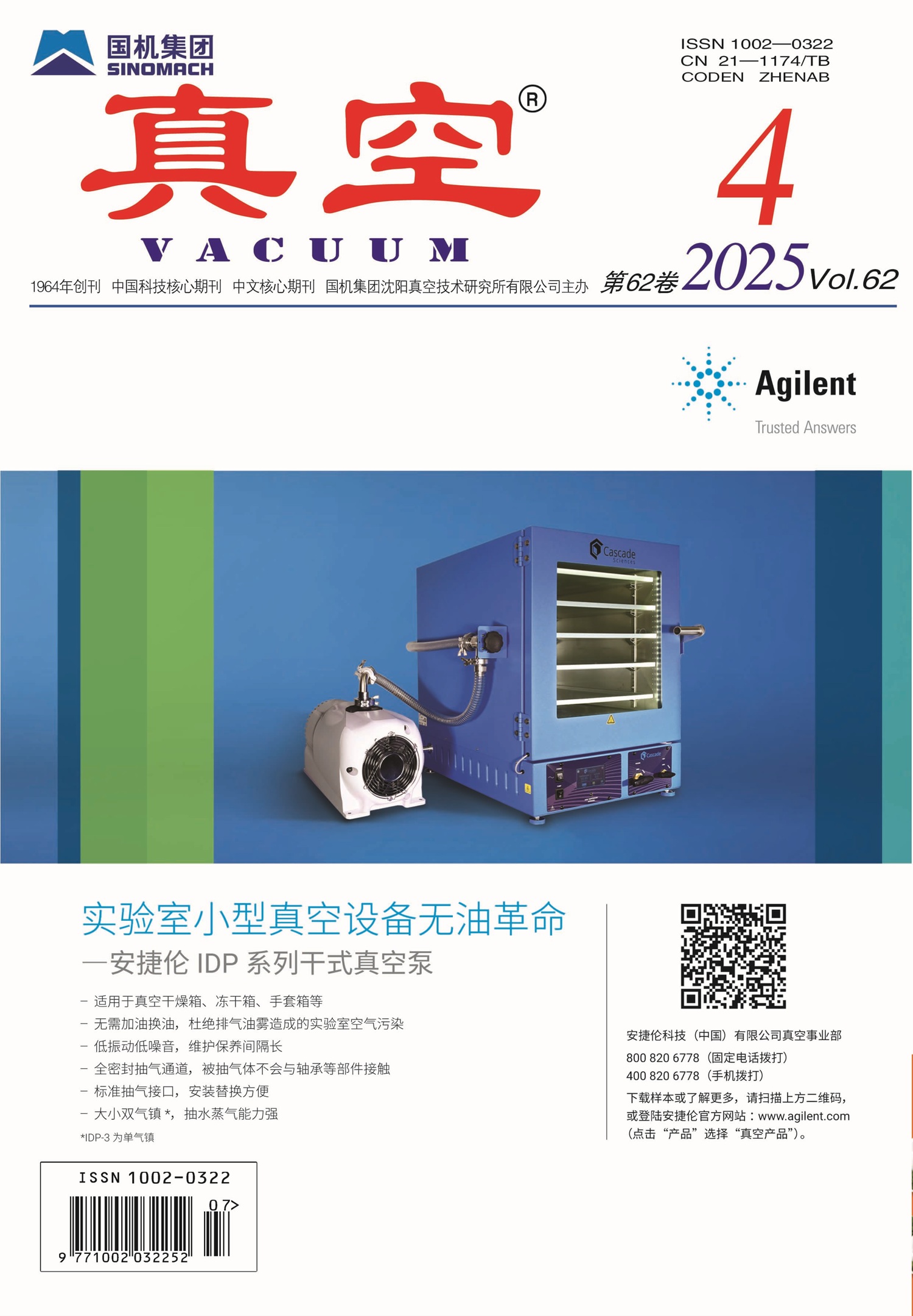|
|
The Vacuum Leakage Solution of CSNS DTL
LIU Shun-ming, WANG Peng-cheng, LIU Jia-ming, TAN Biao, SUN Xiao-yang, WANG Yi-gang, ZHU Bang-le, SONG Hong, LI Bo, WU Xiao-lei, LI A-hong
VACUUM. 2023, 60 (3):
55-61.
DOI: 10.13385/j.cnki.vacuum.2023.03.09
The drift tube linac(DTL) is the main part of CSNS linac, which is responsible for accelerating the negative hydrogen ion beam with a pulse current of 15mA from 3MeV to 80MeV, and then injecting it into the fast cycle synchrotron(RCS) for further acceleration. In order to avoid energy loss, ion beam acceleration must be completed in a high vacuum environment.This paper first introduces the composition of the DTL tank vacuum system, and then analyzes the current vacuum leakage, describes in detail the vacuum leakage solutions in different situations such as pickup leakage, drift tube leakage(including water leakage, air leakage, internal leakage), and reduces the leak detection area by simulation calculation by Monte Carlo method. Due to the high leakage frequency of drift tubes, this paper gives a standardized operating procedure for drift tube leakage to improve leak detection efficiency.
References |
Related Articles |
Metrics
|

 Table of Content
Table of Content
 Table of Content
Table of Content